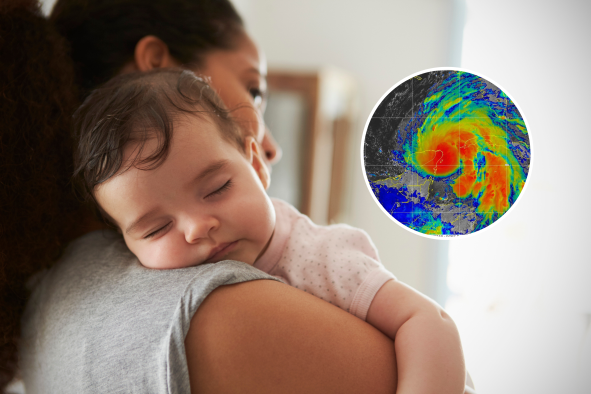Depression and bipolar disorder may have seasonal patterns in more people than previously thought, as a study has revealed how mood and sunlight are related.
"Humans appear to have a natural ability to track seasonal changes in sunlight duration…and sunlight intensity…and there is an increasing recognition of the profound, diverse, and complex impact of sunlight on human physiology and behavior," wrote Oleg Kovtun and Sandra Rosenthal in their study.
Depression affects 18.5 percent of U.S. adults, according to 2019 data from the National Center for Health Statistics, and an estimated 5 percent of the global population, according to the World Health Organization (WHO).
Meanwhile, bipolar disorder affects 40 million adults worldwide, according to the WHO.
Previous research has found that up to 30 percent of individuals with depression or bipolar find that their symptoms change with the seasons, with improved mood in spring and summer months, and depressive episodes likely in early winter.
So, Kovtun and Rosenthal set out to better understand how sunlight affects mental disorders, with the help of 55 participants, 23 with depression, with or without bipolar disorder, and 32 without a mental illness, recruited at the University of Bergen, Norway.
Seasonal Affective Disorder (SAD)—the term given to individuals whose mental health fluctuates with the seasons—is known to affect people in Scandinavian countries more acutely than those who live nearer the Earth's equators, as their northerly location means they experience very long days in summer and very little daylight in winter.
For two weeks, the study participants wore accelerometers—devices that measure movements—after which the authors collected data on sunlight duration and intensity for each day.
The scientists found that healthy participants moved significantly more than those with mental illness, inferring that movement was an indicator of positive mood.
Kovtun and Rosenthal also found that sunlight had a significant impact on daily movement, for both mentally healthy and ill participants.
They concluded that daylight length had a 24 percent correlation with movement, and sunlight brightness had a 21 percent correlation.
This might suggest that people experienced more energetic, positive moods on sunnier days too, or that people took advantage of sunnier days by moving more, which could positively impact mental health.
However, the study authors found, too, that depressed individuals did not benefit so much from sunnier days.
They proposed that people with depressive disorders might not physically respond to sunlight the same way—or that depressed people tended to live more sedentary lives, and go outside less, meaning they got less benefit from sunlight.
The authors concluded that their research could help people better understand and predict their moods, writing: "Individuals with seasonal mood disorders may not yet recognize the pattern of their illness.
"One of the goals of our study is to motivate the development of digital tools to assist clinicians and help affected individuals with self-management of their symptoms."
Kovtun and Rosenthal hoped that similar data to that used in their study, collected by accelerometers, might help inform mental health diagnoses, identify poor moods, and provide predictive and personalized mental health support.
Do you have a tip on a food story that Newsweek should be covering? Is there a nutrition concern that's worrying you? Let us know via science@newsweek.com. We can ask experts for advice, and your story could be featured in Newsweek.
References
Kovtun, O., Rosenthal, S. J. (2024). Seasonality in mood disorders: Probing association of accelerometer-derived physical activity with daylength and solar insolation, PLOS Mental Health 1(4): e0000124. https://doi.org/10.1371/journal. pmen.0000124
Geoffroy, P. A., Bellivier, F., Scott, J., Boudebesse, C., Lajnef, M., Gard, S., et al. (2013). Bipolar Disorder with Seasonal Pattern: Clinical Characteristics and Gender Influences, Chronobiology International, 30(9):1101–7. https://doi.org/10.3109/07420528.2013.800091
Disclaimer: The copyright of this article belongs to the original author. Reposting this article is solely for the purpose of information dissemination and does not constitute any investment advice. If there is any infringement, please contact us immediately. We will make corrections or deletions as necessary. Thank you.



